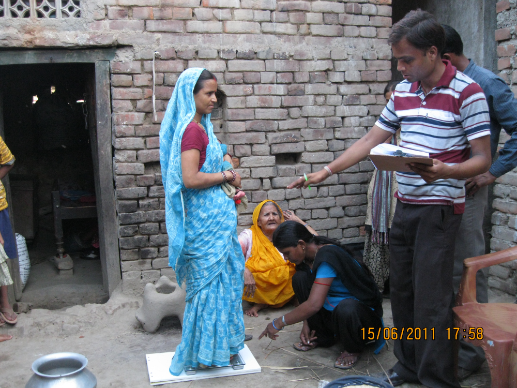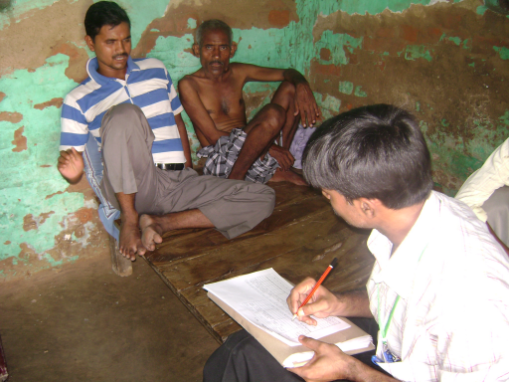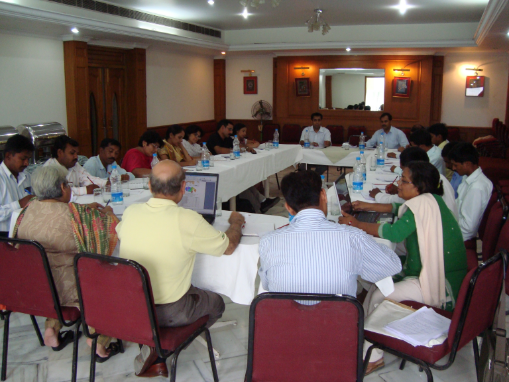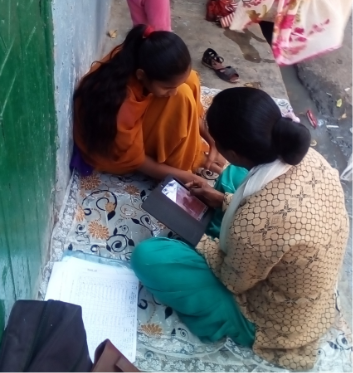







We feel being appreciated when data collected by our team is validated by some means. Like similar studies project similar trends or established correlation between two variables emerges from the survey.
Quantitative survey is about simple and straight questions with options easily understood to respondents and totally unambiguous to any of the persons either surveyors or respondents or research team. Survey questionnaire and design might be complex for every question has to be simple and easy for respondents.
We are prepared and committed to deliver MAPAN quality data – measurable, authentic, plain, appropriate and neutral. Our strength is fine balance between training and real time monitoring achieving quality data.
We believe in giving right amount of training in such a manner that surveyors become comfortable and fluent with the question. So training is a blend of a) class room orientation on purpose of the survey, every question of the questionnaire, survey ethics, b) field practice 2 times during training, c) classroom quiz, d) final selection criteria and e) initial handholding during actual survey followed by interaction with surveyors.
Monitoring is quality focused. We never drive surveyors to do more surveys rather we advise them to do number of surveys that are planned. Quality focused monitoring means – back checks, spot checks, phone tracking, survey time tracking, skip questions monitoring and others.
Now a day, digital survey is the only option left with survey team. So, we are fully digital. We have inhouse capacity of software development of survey tools. Platform we use is Fieldata – ODK platform. At the same time need based we have used other platform also.
Sunai collected data of over 7,00,000 randomised samples during 15 years in over 200 projects covering varied sectors. Sunai conducted some of the large surveys across different development sectors like education, sanitation, livelihood, nutrition, etc. for clients from multilateral agencies, universities, NGOs with global, national and local presence.
At least 8 projects have state wide scale. And there were 20 projects that involved 2 or more states. In 5 projects, scale of survey were over 25,000 surveys. With sample size over 5000, we did over 60 surveys.